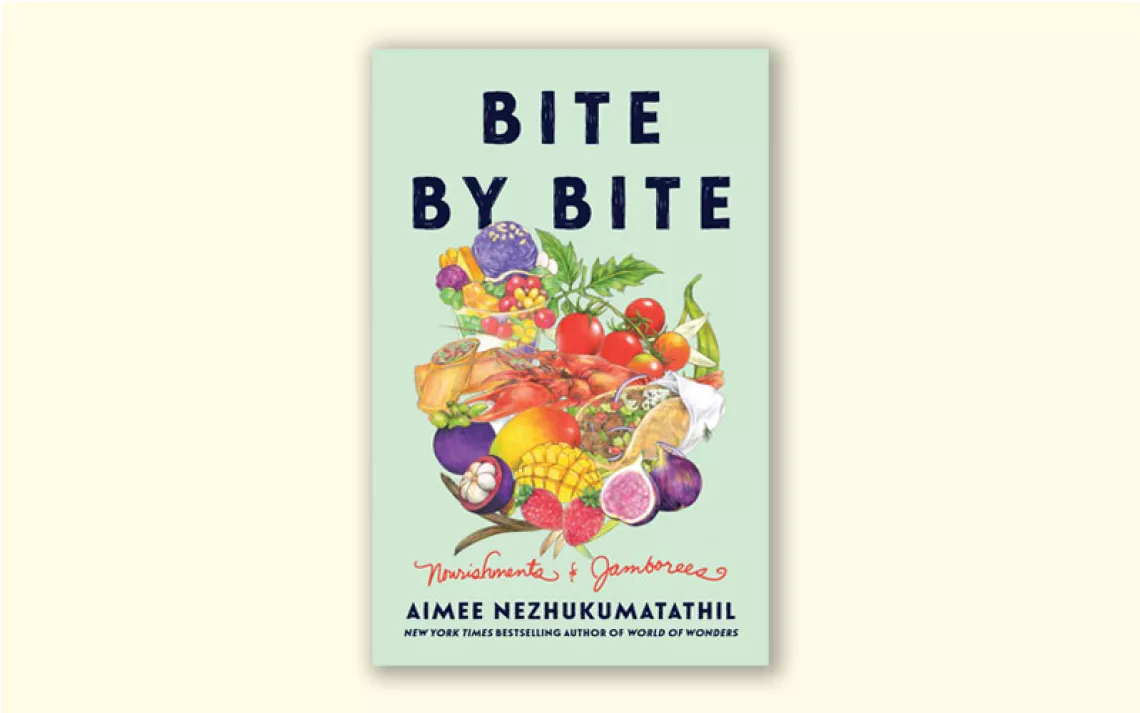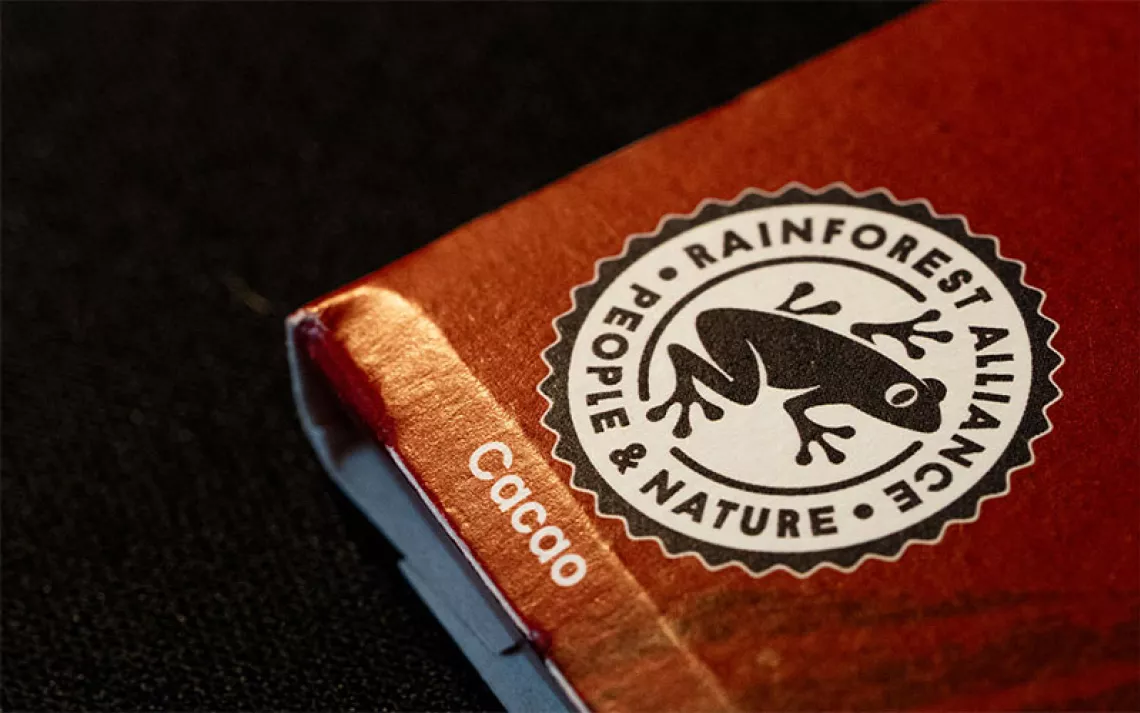The 5 Best Foods to Forage
Who needs the agricultural-industrial complex when you can gather food near home? The first way humans got food is still free—and green.
October 1, 2014

Click through to see the five best foods to forage, as recommended by food experts.
WEEDS
After you pull the weeds, you can cook and serve them. Lisa Curtis, who founded Kuli Kuli Foods, points out that Native Americans have always used dandelions (pictured) for food and medicine. "The plant is high in vitamins A and C," she says, "and its young leaves make a delicious addition to salads and sandwiches, particularly with a bit of lemon juice and salt." Tanner Agar, who founded Chef Shelf, adds that dandelion flowers can be fried or used to make wine (omit the bitter green bits, then ferment), while the roots can be ground, roasted, and used as coffee. Stinging nettle is highly nutritious too—and appears on menus of high-profile seasonal-food restaurants like Alice Waters's Chez Panisse. Pick them while wearing gloves and long sleeves and clip just the top of the plant. At home, blanch or boil the sting away, then steep into a tea or use as you would spinach.
Photo by Lori Eanes

GREENS
Foraging for greens is easy—they're all over. "My absolute favorite food to forage is miner's lettuce," says Ben Ford, who owned Ford's Filling Station in Los Angeles. The annual plant is native to California's mountains and coasts—it prefers cool, damp conditions, so look in shaded foothill areas just after a rain. Ford compares its texture with that of spinach and says that the lettuce's mild taste makes it a good addition to lightly dressed salads. Identify it by its one circular leaf and small white flower. Chef Jason Bond of Bondir in Cambridge, Massachusetts, gathers Japanese knotweed: "I enjoy it raw, sliced into rings, or cooked into a cobbler or a pie, as one would use rhubarb." Jared Levy, the chef at L.A.'s Eveleigh, is fond of collecting oxalis (pictured) for its intense, lemony flavor: "I love using it in salads to add an unexpected pungent flavor, or as a garnish on proteins."
Photo by Lori Eanes

MUSHROOMS
"Like most foragers," Eugenia Bone says, "I prefer to be in the woods alone. Which is ironic, because foraging for mushrooms is an art best shared from one person to another." Bone, the president of the New York Mycological Society, encourages would-be collectors to join a mushroom club. "Ours goes on forays in Central Park," she says, "and yes, there are lots of mushrooms in Midtown." Being with experts—and bringing a field guide—will help you distinguish the tasty from the deadly. As Bone points out, mushrooms aren't plants: "They're actually closer on the tree of life to animals, so I prepare them as I would a protein: baked, broiled, grilled. A tender little enoki (pictured) likes to be steamed or dropped into soup stock. A robust porcini cap is divine grilled." In fact, mushrooms are packed with protein—more than beans—so they can even fill in for meat.
Photo by Lori Eanes

BERRIES
"The best fruits to forage are berries," says Brian Nicholson, the third-generation owner of the juice company Red Jacket Orchards. "Raspberries (pictured) are brambly, vivacious plants that multiply prolifically. Find them in sunny, wild places, like the edges of meadows and fields." He suggests wearing gloves to protect yourself from the tiny stickers along the cane and picking berries that are plump, firm, and fully red and show no signs of mold. Drop them into a shallow container (don't pile them too high), and when you get home, arrange them in a single layer on a paper towel-lined plate in the fridge, where they'll last up to three days. "The best, ripest raspberries have a concentrated, jamlike sweetness with lightly tart back notes," Nicholson says. "They pair well with chocolate ice cream, yogurt, whipped cream, and cake. I especially like them mashed with olive oil and champagne vinegar for a delicate dressing."
Photo: iStockphoto/Smitt

ROADKILL
Andrew Zimmern, host of Bizarre Foods, says he can’t officially recommend pulling roadkill off the highway. “But unofficially,” he adds, “I can tell you that I have a friend who hits deer here in Minnesota at least two times a year. We discard the destroyed meat and use the rest of the animal.” Freshness is paramount, he warns, so “unless you know who hit the animal and how and where, it’s not safe.” If you see a hit critter that looks like dinner, call the local highway patrol, since some areas prohibit moving dead animals sans permit. Once you get the go-ahead, take it home, clean the carcass, and discard all damaged parts. Deers’ rears can be made into prosciutto; legs become venison ham. As for smaller side-of-the-road varmints, Zimmern notes that they’re rarely salvageable—“Car versus raccoon isn’t a fair fight”—but says he has a great recipe for squirrel at andrewzimmern.com
Check out our top picks for the urban forager. And for further foraging fodder, Falling Fruit is a collaborative map to free food sources in cities around the globe. With the aim to "reconnect urban-dwellers everywhere with the botanical origins of their food," the site pinpoints more than 600,000 places with provisions for the picking. Hurry for those pecans in Norman, Oklahoma; figs in La Tronche, France; blackberries in Bristol, England; and that dumpster in Madison, Wisconsin.
Photo by Lori Eanes
Avital Andrews is Sierra's former lifestyle editor. Follow her on Twitter @avitalb.
More articles by this author- Keywords:
- food and drink
- lifestyle
- diy
 The Magazine of The Sierra Club
The Magazine of The Sierra Club



